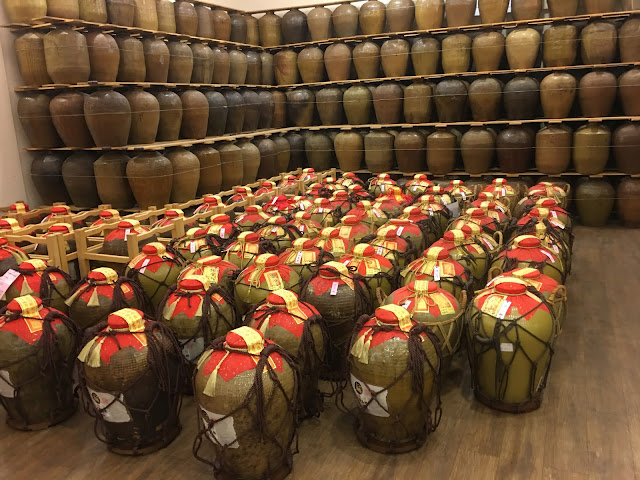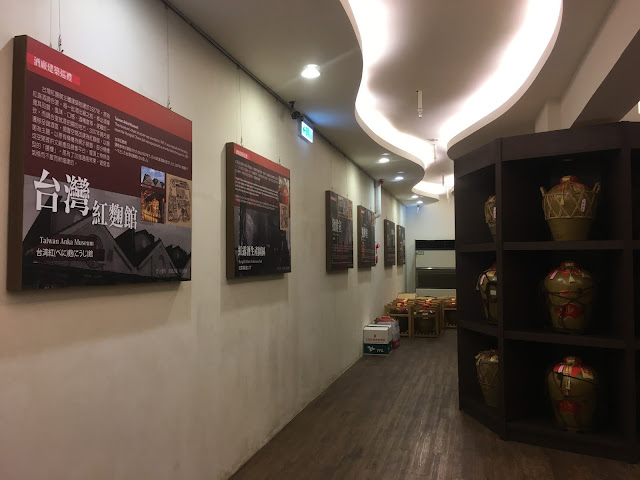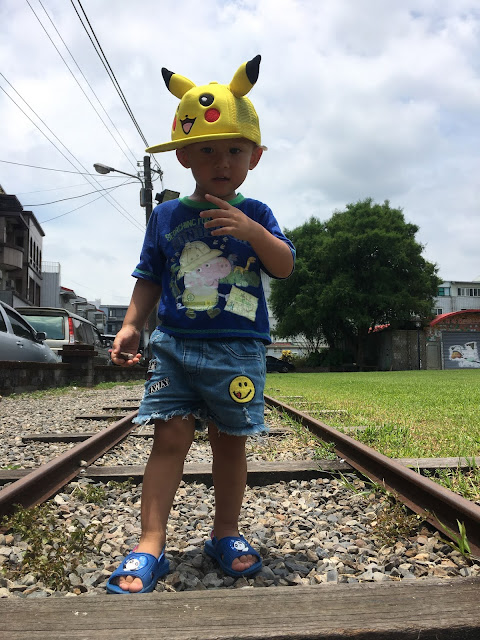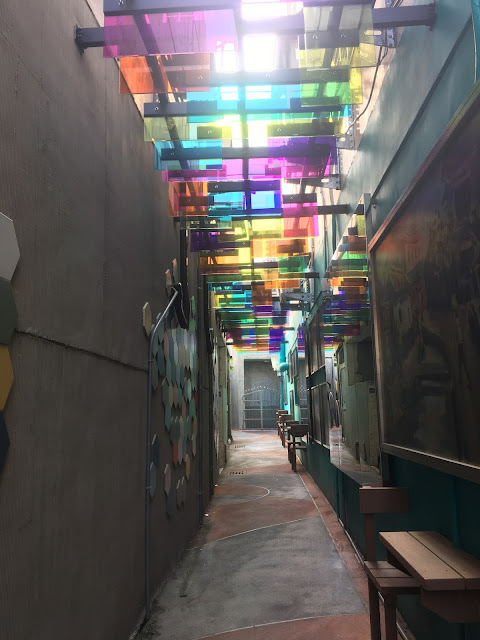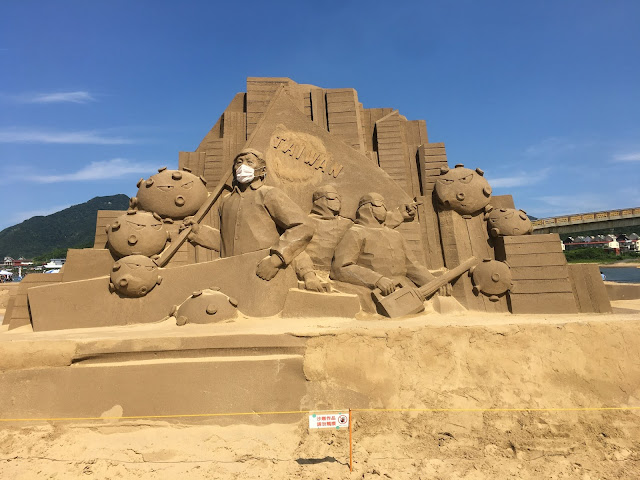Travel Date: 2020/06/20~06/25
Our almost one-week-long holiday took us to the eastern part of Taiwan, exploring Yilan, Hualien, and Taitung. We started our journey by heading north from Tainan and made a stop at Fulong Beach in New Taipei to experience the Sand Sculpture Festival. The drive took us approximately 4 hours. From there, we continued to Yilan, where we visited various attractions such as Toucheng Town, Brick Kiln, Wine Museum, Confucius Temple, night markets, and the Nanfangao Lookout. We spent two enjoyable days exploring Yilan before moving on to Hualien.
During our visit to Hualien, we had the opportunity to experience the breathtaking Taroko National Park for the first time. The scooter ride along the winding roads next to the tall cliffs felt a bit thrilling but was absolutely worth it for the stunning views. We also explored some of the Japanese remains in Hualien, including the Manor House and Pine Garden. Although I personally feel that Hualien may be slightly less captivating than Yilan or Taitung, we still enjoyed our time there.
On our way to Taitung, we made a stop at a beautiful waterfall and also visited Luye Highlands. As we typically visit Taitung more frequently, we didn't plan to stay there this time and decided to drive back to Tainan. However, as it coincided with the beginning of a long weekend, accommodations were fully booked, and traffic started to get heavier. If you're interested, I have many posts introducing other attractions in these three counties, so feel free to check them out. The eastern part of Taiwan is truly a beautiful region to explore.
~ ~ ~
We're continuing our second day of East Taiwan Travel.
Yilan Distillery Jiazilan Wine Museum (甲子蘭酒文物館)
The Jiazilan Wine Relics Museum, also known as Yilan Distillery, was established in 1910. Yilan was formerly known as Jiazilan and Karmaland, hence the name Jiazilan Wine when the distillery was founded.
The museum is housed in a rebuilt old warehouse building, carrying a long history. A unique urn wall made from decades-old wine urns can be found in the museum. The second floor is dedicated to exhibition rooms, showcasing the history of the Yilan winery, the wine brewing process, and the culture surrounding it. After visiting the exhibition rooms on the second floor, visitors can proceed to the first floor to purchase a variety of products, including wine-flavored food such as wine popsicles, wine jelly, wine eggs, as well as a selection of fine wines to taste.
The winery's history dates back to 1909, making it the oldest winery in Taiwan. It is also the only winery that still exists in the city center and has transitioned from a winery to a local representative establishment. During the Japanese rule in Taiwan, Yilan Liquor Company was founded by Lin Qingyun, a prominent figure in Yilan, who invested in the winemaking industry. Subsequently, nearby manufacturers were merged to form the Yilan Wine Company to manage taxes. In 1920, the Yilan Brewing Company was reorganized as Yilan Brewing Co., Ltd., becoming the first developed business in Yilan at that time. A dedicated stone lamp holder was even placed in Yilan Shrine to commemorate its significance.
Originally, the monopoly agency in the Yilan area was known as the "Monopoly Bureau Yilan Office," established in June 1920. After the war, the Taiwanese Government Monopoly Bureau was restructured into the "Taiwan Provincial Monopoly Bureau," leading to several changes and reforms within the wine company. In 1957, it was named the Yilan Distillery under the Tobacco and Wine Sales Bureau of Taiwan Province. In 1998, the Yilan Distillery underwent reform and was transformed into a winemaking and tourism destination, giving birth to the Jiazilan Wine Heritage Museum, which is now open to the public.
